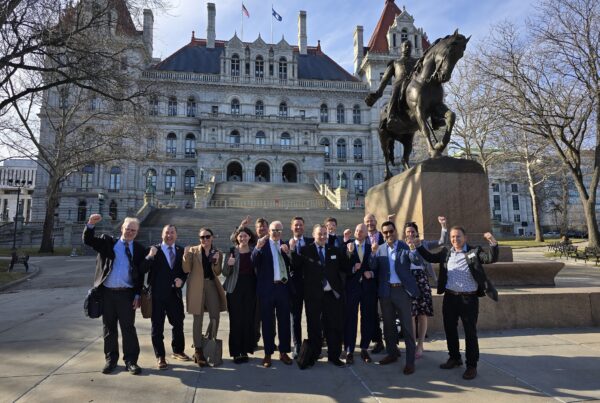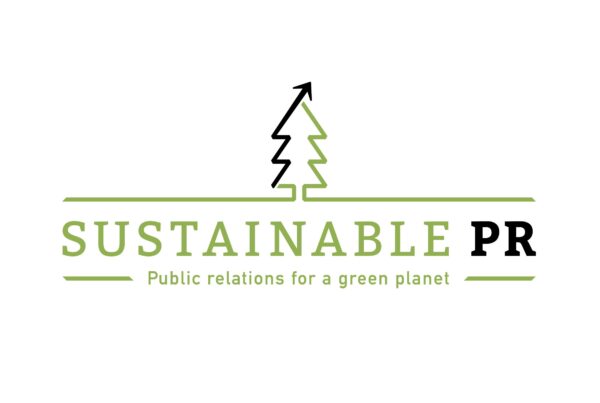Here’s a potentially unpopular opinion from a public relations agency, on the contentious topic of media impressions: Some companies and brands shouldn’t do PR just for the sake of doing PR. In fact, a media relations campaign that prioritizes quantity over quality of media impressions is often going to undermine itself. This goes double for a brand in the sustainability space, where “greenwashing” a message to capitalize on hot news hooks and high value keywords is asking for trouble.
Companies that are marketing sustainable products and services — even those that seem “made for the media” — shouldn’t solely concentrate on getting their brand in front of more eyeballs. Many businesses (in any industry) wrongly believe that the more press they get, the more customers they’ll acquire. Brands with a sustainability message need to be especially careful about how they cast their net. Research suggests that consumers respond negatively to greenwashing, defined as “a form of marketing spin in which green PR and green marketing are deceptively used.”
Instead, consumers respond well to authenticity and “true green behavior.” This is why companies should focus on making an impact and speaking directly to potential brand advocates. Marketers know that consumers become brand advocates when they feel so positively impacted by a product or service that they want to recommend it to others. A recommendation might come in the form of a word-of-mouth referral to friends and family or, in a best-case scenario for exposure, a social media reshare, repost, or shoutout.
Here’s an opinion everyone should agree on: Impact trumps exposure.
Brands need to get their message in front of the right customers, not just any customer. Reaching your prospective customer on an intellectual and gut-level will plant the seed for a strong consumer-brand relationship built on trust.
Whether you’re a startup in the sustainability market or a company looking to reach the next level of growth, you must exercise due diligence before spending your hard-earned dollars and resources. Take the time to thoroughly understand your target audience, including their news and entertainment consumption habits, their wants, and their needs. This understanding will help inform your PR and media relations strategy and help maximize exposure.
Journalist outreach begins with a sharp narrative
To improve your chances of impacting potential customers, you should have the necessary elements for an intriguing narrative that will impact your target audience on both an emotional and intellectual level. These elements are rooted in the social science of journalism and answer basic questions: who, what, when, where, why and how?
In the sustainability market, the “why” in your company mission is especially important. Beyond the storytelling basics, here are some criteria that can help form an intriguing narrative:
Data – It’s simple: data matters. As Lucas Piazza, senior vice president of marketing at QuickFrame, states in this Greenbiz article: “Statistics are an incredibly important part of understanding the environment. They communicate changes in sea level and reductions in emissions, freshwater usage and other important factors impacting the world’s climate.” For data to capture audience attention, it should provide new insights into an emerging trend, perhaps shedding light on a timely issue or alerting the public to underreported problems.
Expertise – To maximize both company and individual exposure, the leadership can position themselves as subject matter experts who have deep knowledge about timely topics relating to sustainability or climate change. It’s critical for brands to tune in to hot-button issues and become part of the conversation. This doesn’t mean your brand has to operate as a newsroom, but consider creating evergreen content around key issues to help build your authority.
Relevancy – Keep in mind that while prospective customers might love your products/services and trust your expertise, they might not want to buy in simply because they don’t need what you offer. No matter how amazing your offerings are, you need to get in front of the right audience. This is “case in point” of how impact (the right people) trumps exposure (the most people). It’s only an “intriguing narrative” if it actually matters to the target audience!
When pitching a B2B or B2C outlet (or a hybrid of both), consider what an editor or content curator may be trying to answer for their audience. Try to answer the following questions:
- How will your story illuminate a topic of importance to readers?
- How can your point of view provide meaning and understanding to technical subjects?
- How is your company making an impact with sales, market share, or partnerships?
- What problems is your product or service solving for customers?
- Is your sustainable product disruptive to a market?
Also consider your target audience’s media consumption habits. While Baby Boomers (and older) might read a story or watch a video from an established news source, younger generations may seek out informational content from social media influencers. Just because the content may not be in a traditional format doesn’t mean it’s “fluff.” Many social media influencers provide factual, informative, and engaging content. Take, for instance, Kathryn Kellogg a National Geographic spokesperson for plastic-free living, author, and the face of the @going.zero.waste Instagram account and www.goingzerowaste.com, where she blogs about eco-friendly products and services.
Creative social media content would likely fall under “content marketing” rather than “PR.” However, it’s a good idea for brands to consider crossover opportunities between social content marketing/advertising and traditional media. Think about it this way: Have you learned about a social media trend, a viral video, or a trending blog post through a traditional media outlet? It happens quite often!
A media impressions case study: When Coca-Cola’s exposure undermined their own media relations
Of course, there are those brands that don’t need an introduction to an audience. However, that doesn’t mean it’s always smooth sailing in relatively unchartered waters of sustainability marketing.
More than a decade ago, Coca-Cola launched PlantBottle and positioned the new packaging as a fully recyclable plastic bottle that has a lower reliance on a non-renewable resource and reduces carbon emissions, compared with petroleum-based PET plastic bottles. Coke’s CEO hailed PlantBottle as a significant development in sustainable packaging innovation.
Coca-Cola’s release was picked up by major media outlets like the Wall Street Journal, and Coke set out to educate consumers with a video shared on the company’s YouTube channel. It all seemed like a good start for a major CPG brand trying to make sustainable inroads — until Coke was called out.
The company was eventually asked to revise the marketing materials for its PlantBottle packaging after a high-ranking consumer-protection official in Denmark found that Coke had exaggerated the product’s environmental benefits without offering proof. This headline from the International Business Times — Coca-Cola Company (KO) Busted For ‘Greenwashing’ — was particularly scathing. This article quoted a spokeswoman for Forests of the World who argued that Coca-Cola “sinned against almost all principles when it comes to guidelines for good and fair marketing concerning environmental claims.”
Coca-Cola has enormous exposure, but in this case, it appears they missed the mark on impact because their environmental claims didn’t pass a sniff test.
While Coca-Cola’s early efforts may have backfired, the company remained undeterred. In 2016, Coke became the first Fortune 500 company to give back to nature and communities an estimated 115% of the water used to make its drinks. Coke and its bottling partners reported achieving the target 5 years ahead of schedule. Then, in 2018, the company announced an industry-first goal to collect and recycle the equivalent of every bottle or can it sells globally by 2030.
Coca-Cola’s commitment to sustainability goals should serve as proof that the company’s intentions are legitimate. Coke is well beyond “greenwashing” to sell some soft drinks — they want to take accountable action to make an environmental difference.
To ace your sustainable media relations, think media impact before media impressions
Unlike Coca-Cola and countless other globally recognized brands, small- and medium-size businesses have a unique opportunity to tell a sustainability story that consumers probably haven’t heard before. Your audience is waiting, ready to approach your brand with an open mind and eager to be educated.
Avoid the “greenwashing” label by showing consumers the who, what, where, and how, and most importantly “why” it matters. Don’t go for the low-hanging gimmick, i.e. buy this non-sustainable product and we’ll plant a tree. Rather, show your audience the environmental impact of your product/service by sharing the data and sharing your expertise. In other words, to maximize impact, tell the story that matters.
At Sustainable PR, we focus solely on the needs of companies and organizations in the new green economy with sustainable messages to share. Contact us today to tell us your story.[/vc_column_text][/vc_column][/vc_row]





